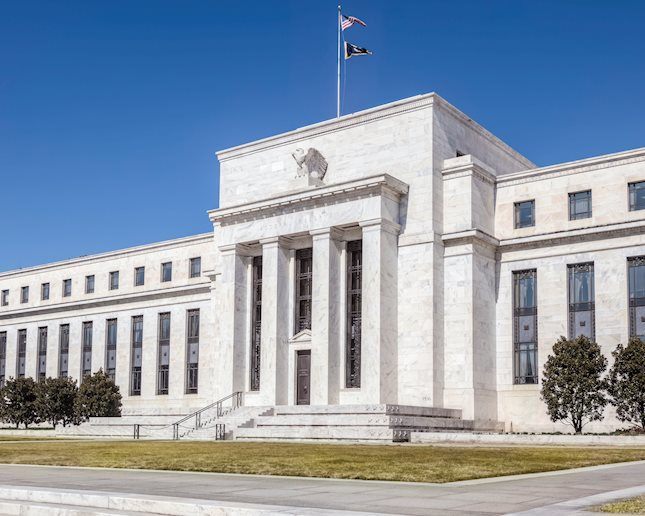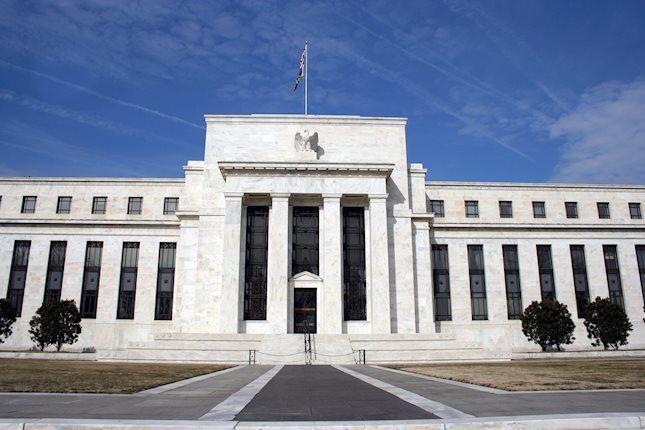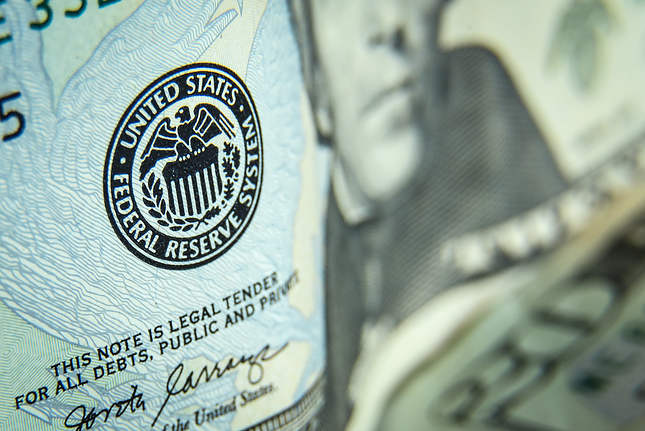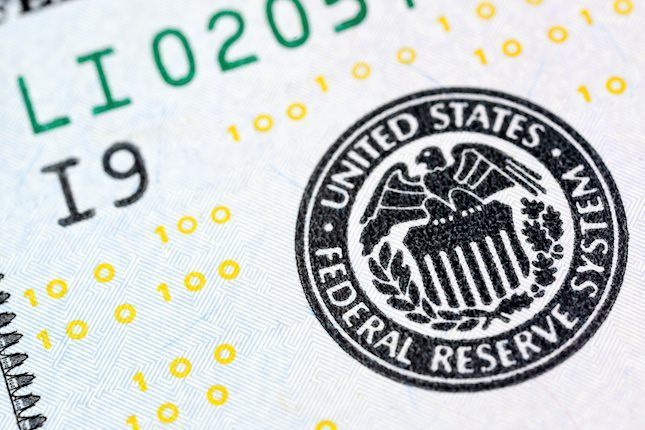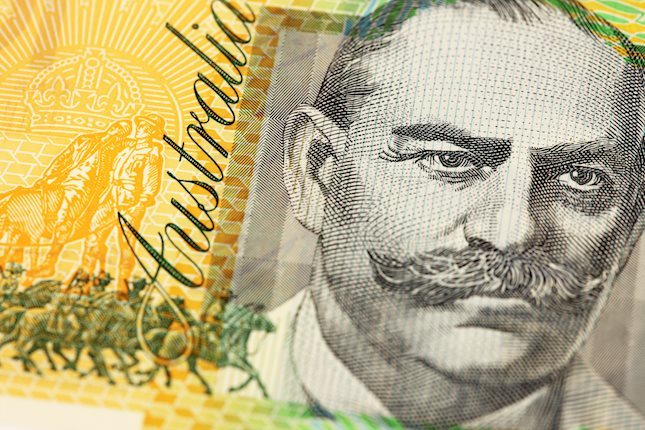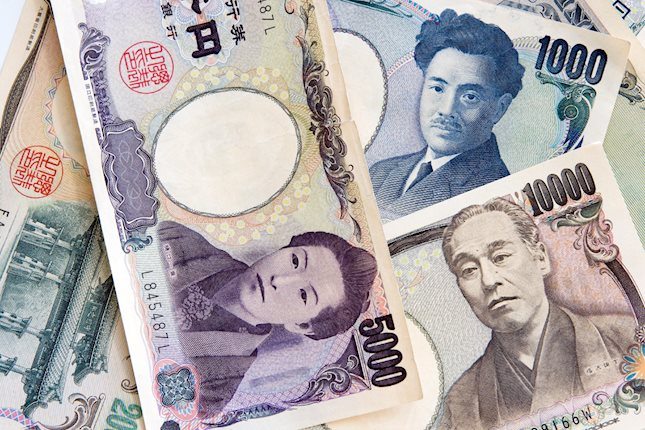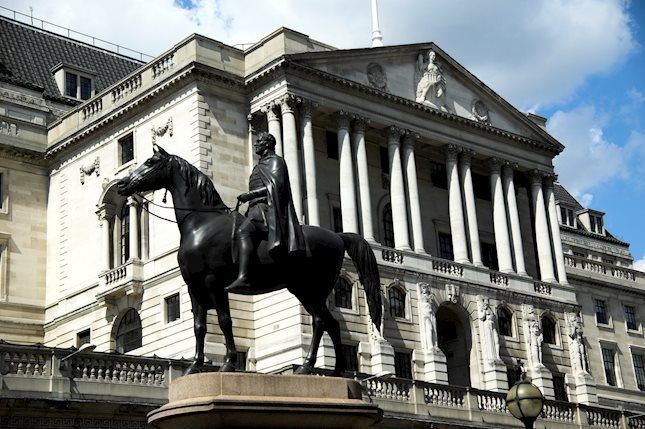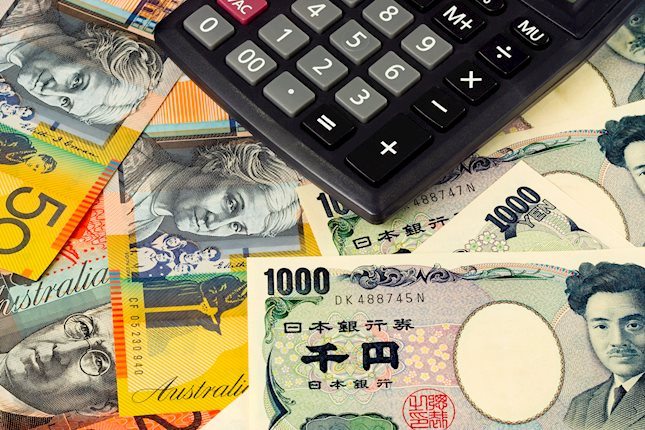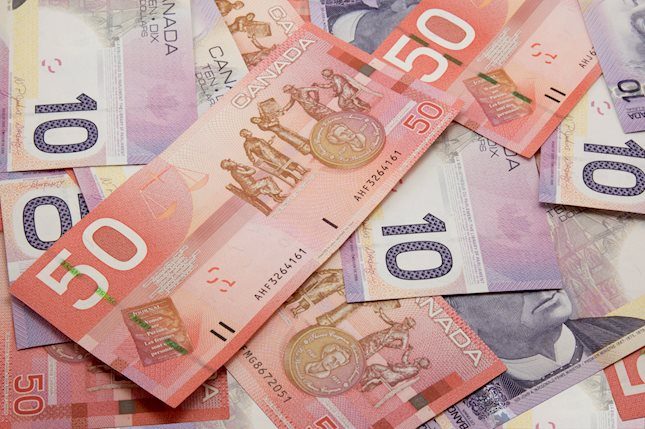US Dollar sees red as soft Jobless Claims figures alarms about the health of the labor market
- US Dollar faces pressure post the release of disappointing Initial Jobless Claims, amplifying fears regarding the US labor market's health.
- Markets look toward ongoing data for clearer direction, the Fed's hawkish stance could change with continued releases of soft data.
- All eyes are now on next week’s CPI data.
The US Dollar Index (DXY) is trading at 105.35, slightly down. Despite signals of persistently high inflation acknowledged by Federal Reserve (Fed) Chair Jerome Powell and a recent hawkish stance from the Fed, the Dollar seems to be under mild downward pressure on Thursday due to the report of weak Initial Jobless Claims figures
While the US economy is grappling with sustained inflation and mixed signals from its economic activity, Fed Chair Jerome Powell hinted that cuts might be delayed. As for now, the recent weak Nonfarm Payrolls report did not convince Fed officials, who remain hawkish. The USD dynamics will be set by the incoming data and how the central bank’s members take it.
Daily digest market movers: DXY struggles with Initial Jobless Claims data weighing, Fed officials continue to impact market expectations
- US Dollar weakened after heavier-than-anticipated Initial Jobless Claims data, marking 231K applications, overshooting 210K forecast and increased jobless claims underscore anxiety over potential labor market weakness in the US.
- Lack of significant US economic data this week turns investor focus on Fed speakers, which continues attaching to the Fed rhetoric with a slight hawkish twist.
- Upcoming week’s Producer and Consumer inflation data will be crucial, where higher-than-projected figures could minimize rate cut probabilities this year.
- While Fed officers maintain caution against rate cuts, the market predicts 10% chance of a June rate cut, 33% in July, 85% in September, and have already priced in November’s cut.
DXY technical analysis: DXY bulls get stuck below the 20-day SMA
The daily Relative Strength Index (RSI) is on a negative slope, although in positive territory. This indicates that the current buying momentum is losing strength, while the Moving Average Convergence Divergence (MACD) printing flat red bars suggests short-term bearish momentum. Since the MACD remains flat, however, this also indicates a lack of strong selling pressure for now.
Regarding its Simple Moving Averages (SMAs), the DXY is below the 20-day SMA, hinting at a short-term bearish bias. However, it maintains a position above the 100 and 200-day SMAs, which typically denote a longer-term bullish trend. This suggests that the bulls retain control over the broader trend, despite recent setbacks.
Central banks FAQs
Central Banks have a key mandate which is making sure that there is price stability in a country or region. Economies are constantly facing inflation or deflation when prices for certain goods and services are fluctuating. Constant rising prices for the same goods means inflation, constant lowered prices for the same goods means deflation. It is the task of the central bank to keep the demand in line by tweaking its policy rate. For the biggest central banks like the US Federal Reserve (Fed), the European Central Bank (ECB) or the Bank of England (BoE), the mandate is to keep inflation close to 2%.
A central bank has one important tool at its disposal to get inflation higher or lower, and that is by tweaking its benchmark policy rate, commonly known as interest rate. On pre-communicated moments, the central bank will issue a statement with its policy rate and provide additional reasoning on why it is either remaining or changing (cutting or hiking) it. Local banks will adjust their savings and lending rates accordingly, which in turn will make it either harder or easier for people to earn on their savings or for companies to take out loans and make investments in their businesses. When the central bank hikes interest rates substantially, this is called monetary tightening. When it is cutting its benchmark rate, it is called monetary easing.
A central bank is often politically independent. Members of the central bank policy board are passing through a series of panels and hearings before being appointed to a policy board seat. Each member in that board often has a certain conviction on how the central bank should control inflation and the subsequent monetary policy. Members that want a very loose monetary policy, with low rates and cheap lending, to boost the economy substantially while being content to see inflation slightly above 2%, are called ‘doves’. Members that rather want to see higher rates to reward savings and want to keep a lit on inflation at all time are called ‘hawks’ and will not rest until inflation is at or just below 2%.
Normally, there is a chairman or president who leads each meeting, needs to create a consensus between the hawks or doves and has his or her final say when it would come down to a vote split to avoid a 50-50 tie on whether the current policy should be adjusted. The chairman will deliver speeches which often can be followed live, where the current monetary stance and outlook is being communicated. A central bank will try to push forward its monetary policy without triggering violent swings in rates, equities, or its currency. All members of the central bank will channel their stance toward the markets in advance of a policy meeting event. A few days before a policy meeting takes place until the new policy has been communicated, members are forbidden to talk publicly. This is called the blackout period.
Forex News
Keep up with the financial markets, know what's happening and what is affecting the markets with our latest market updates. Analyze market movers, trends and build your trading strategies accordingly.

